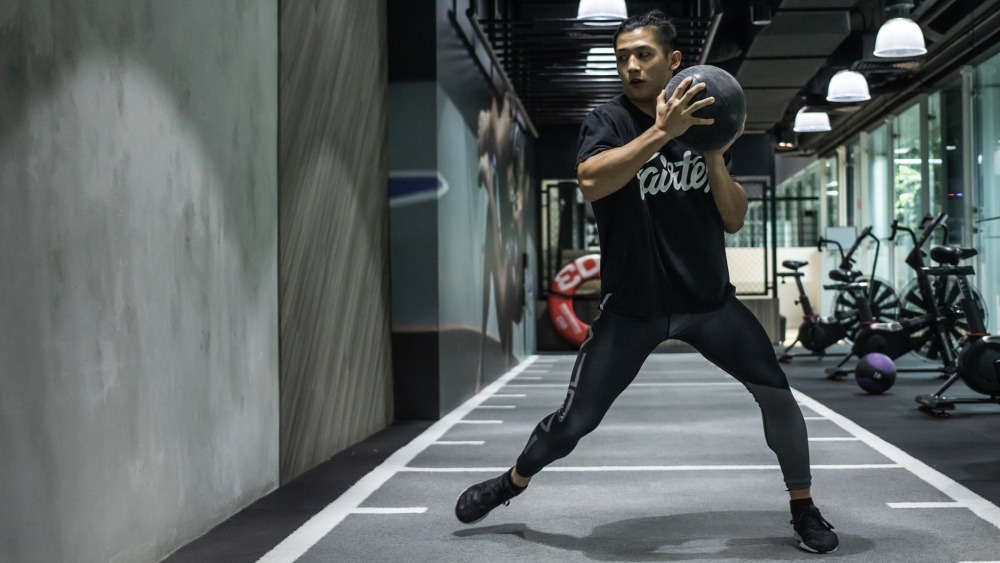If you’ve been lifting weights for a while, you might notice your progress slowing down. In the beginning, it’s easy to gain strength — almost every workout feels like an improvement. But after some time, the same routine stops giving results. This is where progressive overload comes in.
Progressive overload is a simple but powerful principle that helps you continue building strength, muscle, and endurance. It’s not about doing something extreme; it’s about making small, smart increases in your training over time. In this article, we’ll explain what progressive overload is, why it matters, and how you can use it safely for advanced strength training.
What Is Progressive Overload?
Progressive overload means gradually increasing the stress on your muscles so they continue to adapt and grow stronger. Your body is smart — once it gets used to a certain weight or workout, it no longer sees it as a challenge.
For example:
- If you always bench press 20 kg for 10 reps, your muscles will stop growing after a while.
- But if you slowly increase the weight, the reps, or the intensity, your muscles will respond by getting stronger.
This principle applies to weightlifting, bodyweight training, and even cardio exercises.
Why Progressive Overload Matters in Strength Training
Without progressive overload, your workouts eventually become maintenance routines instead of growth routines. Here’s why it’s essential:
- Builds muscle mass – muscles need new challenges to grow.
- Increases strength – gradual overload improves power and endurance.
- Prevents plateaus – stops your progress from stalling.
- Improves performance – helps you lift more, run faster, or train longer.
- Keeps workouts exciting – small challenges make training more motivating.
Ways to Apply Progressive Overload
There are many ways to overload your muscles without risking injury. You don’t always need to lift heavier weights; sometimes small changes make a big difference.
1. Increase the Weight
The most common method. Add a small amount of weight to your lifts each week or every two weeks.
- Example: Bench press 40 kg → next week try 42.5 kg.
2. Add More Reps
Keep the same weight but increase the number of repetitions.
- Example: Squat 50 kg for 8 reps → next time try 10 reps.
3. Add More Sets
Doing an extra set pushes your muscles further.
- Example: Instead of 3 sets of push-ups, do 4 sets.
4. Reduce Rest Time
Shorter rest increases intensity and keeps your muscles under tension.
- Example: Rest 90 seconds → reduce to 60 seconds.
5. Improve Technique
Better form means greater muscle activation. Even with the same weight, lifting correctly feels harder and builds more strength.
6. Change Tempo
Slow down your reps. For example, take 3 seconds to lower the barbell instead of 1. This increases time under tension.
Sample Progressive Overload Plan for Advanced Lifters
Here’s a simple 4-week plan using progressive overload:
Week 1:
- Bench press: 3 sets × 8 reps × 40 kg
- Squats: 3 sets × 8 reps × 60 kg
Week 2:
- Increase weight slightly: Bench press 42.5 kg, squats 65 kg
Week 3:
- Keep same weight, but increase reps: Bench press 42.5 kg × 10 reps
Week 4:
- Add another set (4 sets instead of 3)
By the end of the month, your strength and endurance will improve without making sudden, unsafe jumps.
Safety Tips for Progressive Overload
While progressive overload is powerful, it must be done carefully. Beginners often push too hard, which leads to injuries.
- Increase slowly – add small amounts, not big jumps.
- Listen to your body – if you feel pain (not soreness), stop immediately.
- Keep good form – never sacrifice technique just to lift heavier.
- Rest properly – muscles grow when you rest, not only when you lift.
- Follow a balanced program – don’t overload the same muscle group every day.
Progressive Overload in Bodyweight Training
You don’t always need gym equipment. Progressive overload also works with bodyweight exercises.
- Push-ups → incline push-ups → decline push-ups → weighted push-ups
- Squats → jump squats → pistol squats
- Planks → side planks → weighted planks
Each variation makes the exercise harder, creating overload.
Progressive Overload in Cardio Training
This principle isn’t limited to strength workouts. You can also use it in cardio.
- Run longer distances each week.
- Increase your running speed slowly.
- Reduce rest intervals during HIIT.
- Add resistance (like uphill running or weighted vests).
Common Mistakes to Avoid
- Going too heavy too soon – this often leads to injuries.
- Skipping recovery days – overtraining can stall progress.
- Poor tracking – if you don’t log workouts, you won’t know when to increase.
- Ignoring nutrition – muscles need fuel to grow stronger.
- Inconsistent training – progressive overload only works if you stick with it.
Nutrition and Recovery for Progressive Overload
Strength training alone isn’t enough. Your body needs proper fuel and rest.
- Protein: Supports muscle repair and growth (eggs, chicken, beans).
- Carbohydrates: Provide energy for tough workouts (rice, oats, potatoes).
- Healthy fats: Help with hormones and recovery (nuts, olive oil, avocado).
- Hydration: Dehydration reduces performance.
- Sleep: Aim for 7–8 hours daily.
Without these, progressive overload won’t give the best results.
Benefits of Progressive Overload Beyond Strength
- Better confidence – achieving small goals feels rewarding.
- Mental toughness – handling challenges builds discipline.
- Long-term health – stronger muscles and bones mean fewer injuries.
- Improved sports performance – whether running, boxing, or football, progressive overload makes athletes stronger.
A Realistic Approach for Beginners Moving to Advanced Training
Many beginners want to jump straight into heavy lifting, but strength is built slowly. Progressive overload offers a safe bridge between beginner and advanced training. Start light, focus on form, then increase intensity gradually. This not only builds strength but also keeps you consistent for the long run.
Conclusion
Progressive overload is the secret weapon of advanced strength training. It’s not about lifting the heaviest weights right away, but about making small, consistent improvements. By adding more weight, reps, sets, or intensity over time, you keep your muscles challenged and your progress steady.
For anyone serious about strength training, progressive overload is non-negotiable. It ensures you don’t just train — you grow stronger with every session. Remember, the key is patience, discipline, and smart planning. Over time, these small steps lead to massive results.



